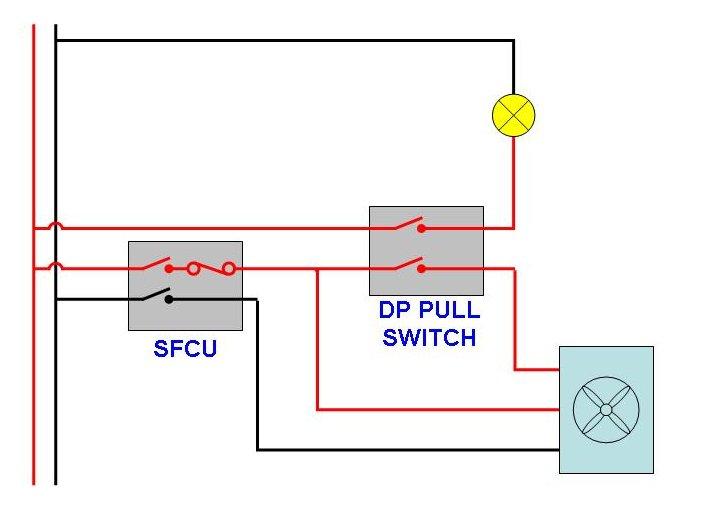I am replacing my bathroom fan which is currently wired from the lighting circuit via a 3 pole isolator and no extra fuses. The new fan suggests a 3A fuse which I intend fitting in the permanent live feed. This new fan will be wired with a switched feed from the bathroom light for the internal timer and what I would like to know, is it necessary also to fuse the switched feed at 3A otherwise it will be fused as the lighting circuit. ie. 6A MCB.
Thank you.
Thank you.



